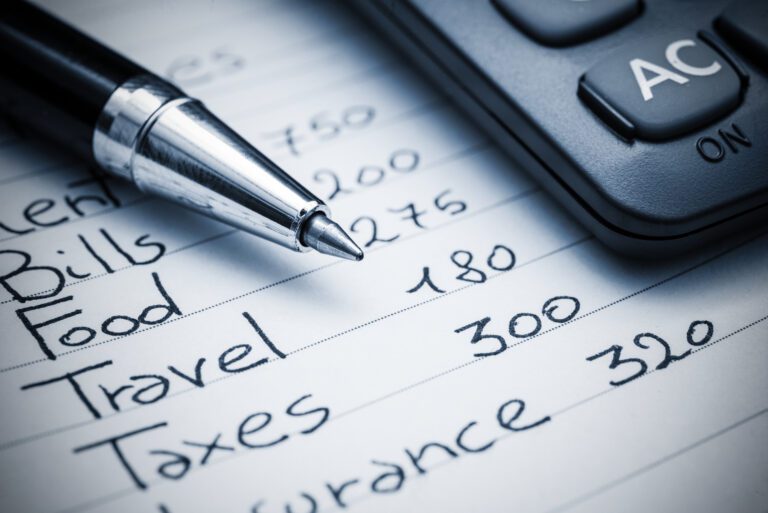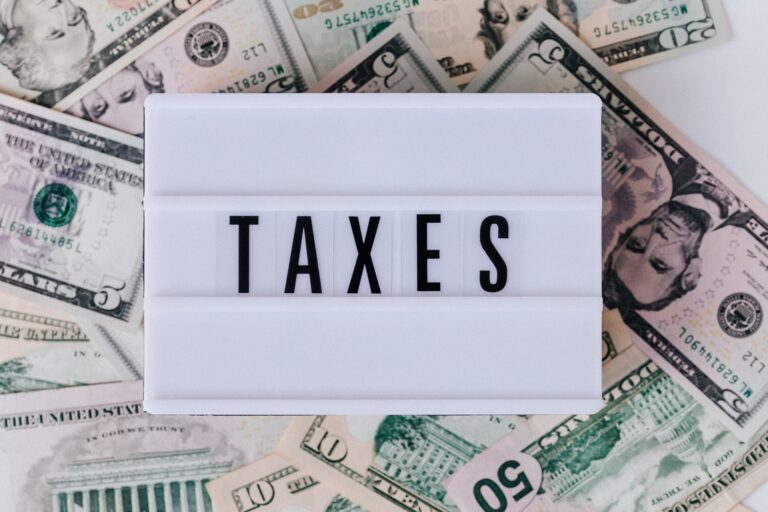Ultimate Guide How to Create a Simple Budget
Looking on the internet, you can find thousands of articles related to money and finance.
If you are searching for something simple to help support your financial conquests, you have come to the right place.
You may be asking yourself some questions: How do you sort through all the information? What is most important?
Look no further. I can help you out.
The Nuts and Bolts Of A Budget
The financial foundation of any business, nonprofit, and household is a budget.
For our purposes, a monthly budget is the most appropriate.
You can see where you are at and where you are headed through a budget. You can see where your money is going, where it is coming from, and how much (if any) is left over.
I like to use a notebook or Excel on my computer.
A notebook is great because you can take it with you wherever you go. Not to mention, it is extremely easy to keep both your budget and receipts together in one place.
Another way to keep a record of your monthly budget is through the use of the program Excel. With advances in technology, a laptop computer can be just as mobile as a paper notebook.
Expenses
Let us define expenses as anything where our money is going.
I usually set up my expenses on the left side of my notebook paper or the left side of my Excel document.
When it comes to categories of expenses, you can use whatever is most helpful. You just want to make sure you have all of your expenses accounted for. What you name the categories is completely up to you.
My budget contains some of the following categories of expenses:
- Mortgage (or Rent)
- Electric
- Water/Sewer
- Trash
- Food
- Eating Out
- Pets
- Toiletries
- Gas
- Car Maintenance
- Car Insurance
- Medical Insurance
- Home (or Renters) Insurance
- Entertainment
Income
Income is money coming in and used for expenses, savings, and other various reasons.
Most people have one category of income—work.
Some people have multiple streams of income or other categories of income:
- 1st Job
- 2nd Job
- Tips
- Side Job
- Social Security
- Pension
- Consignment
The Next Step In Creating A Budget
The best way to determine the numerical values of your expenses is to keep all your receipts for a couple of months. If you pay online for any bills, note those values.
If an expense fluctuates, take the average value of any expenses over that period. For example, if you spend $400 one month on food and $300 the next month, simply take the average. Here, ($400 + $300)/2 = $350.
Sum up all of your expenses and subtract this amount from your total income.
If you are using a notebook, figure out your totals with a calculator.
Excel is a great application if you set up your budget on a computer. You can set up functions with Excel to sum up the total value of your expenses and income.
As the last step, subtract your expenses from your income. If you have money left over, then awesome. If your income does not cover your expenses, you need to do some investigative work.
How are you paying for these expenses?
If you do not have the money to cover everything, look at your expenses. See if there are any you can eliminate or reduce. It may be beneficial to explore adding another stream of income to your budget.
There you have it.
I hope you found a quick and easy way to set up a monthly budget.







